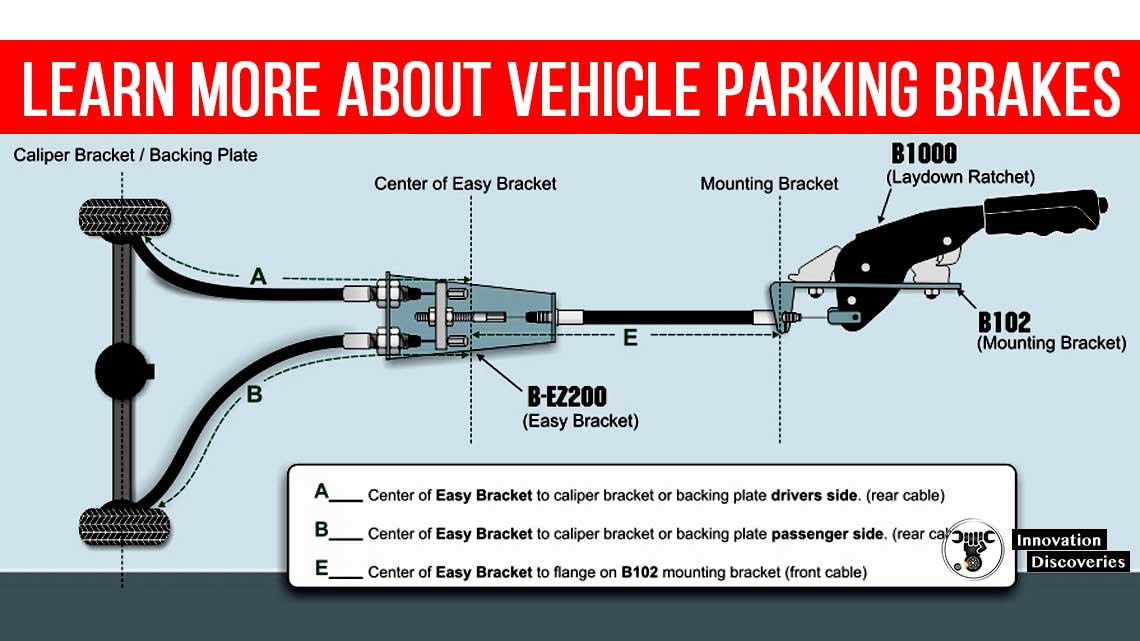
How do parking brakes work?
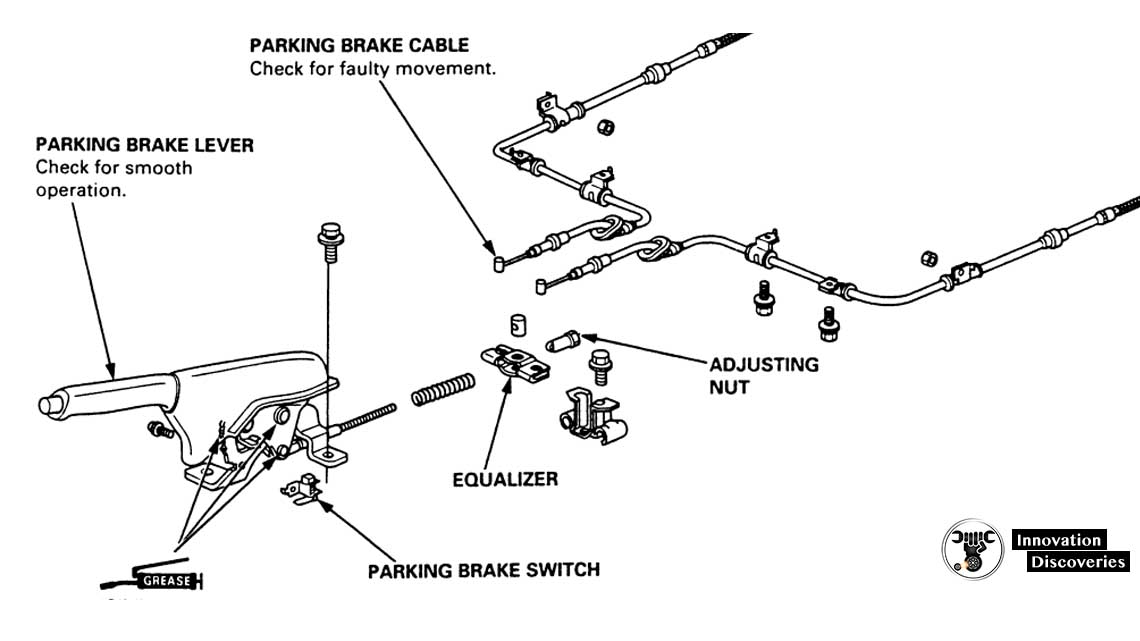
A parking brake also called an emergency brake or e-brake is a mechanical hand lever or foot-operated brake that is a backup braking system.
It is located either between the front two seats or to the left of your gas and brake pedal.
A parking brake controls the rear brakes and is a completely separate device from your vehicle’s regular hydraulic brakes.
Read More:
- HOW HYDRAULIC BRAKE WORKS?
- WHAT’S THE DIFFERENCE BETWEEN BRAKE SHOES AND BRAKE PADS?
- THE IMPORTANCE OF MEASURING BRAKE PAD THICKNESS
- ELECTRONIC BRAKEFORCE DISTRIBUTION (EBD)
AIR BRAKE ADJUSTMENT IN EASY STEPS
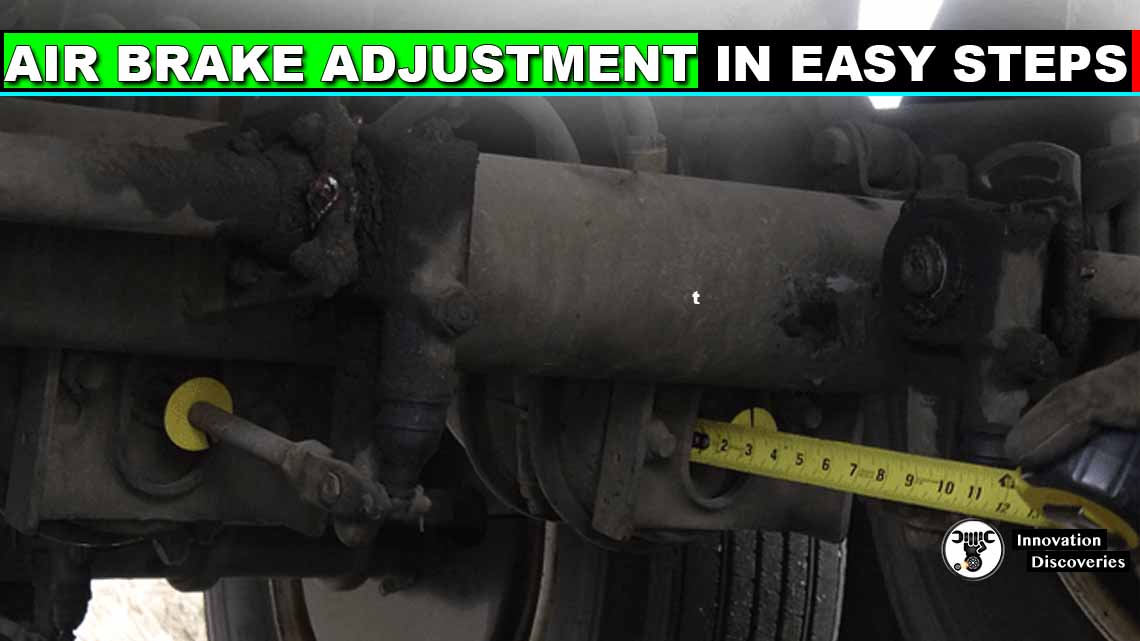
It is in charge of keeping a parked vehicle stationary; it will prevent the car from rolling down a hill or moving.
The emergency brake name comes from the brake’s ability to stop the car if the regular hydraulic brakes fail.
Parking brakes are completely mechanical and use only cables and levers to operate.
When a parking brake lever is pulled (or when a parking brake pedal is pushed), these cables transmit the necessary force to keep your vehicle in place or to stop the vehicle.
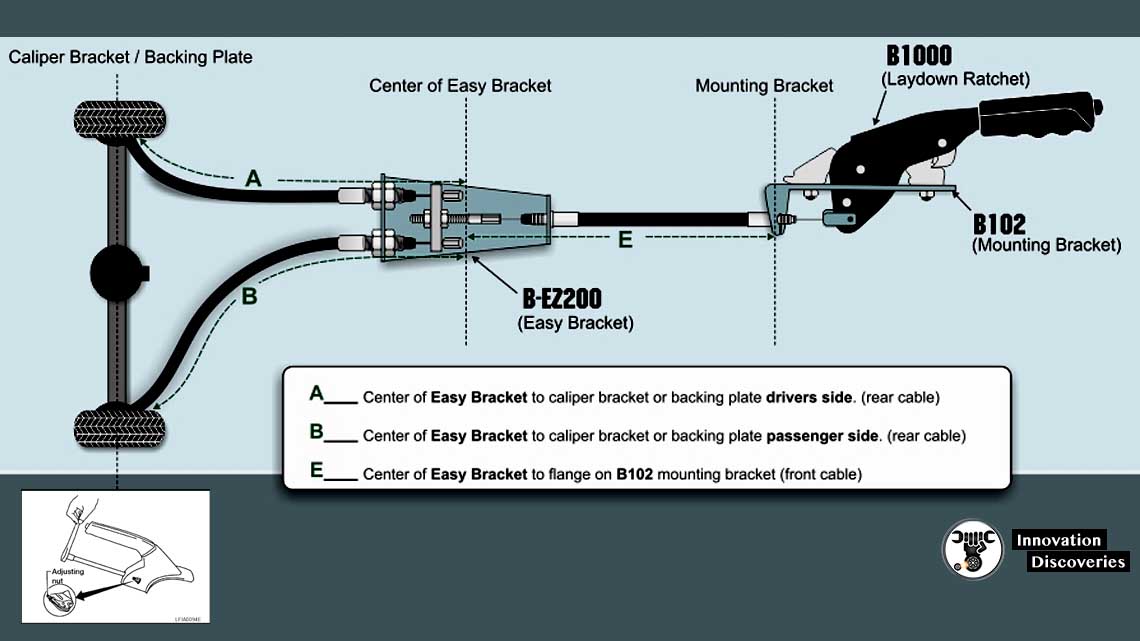
Read: TROUBLESHOOTING A HARD BRAKE PEDAL
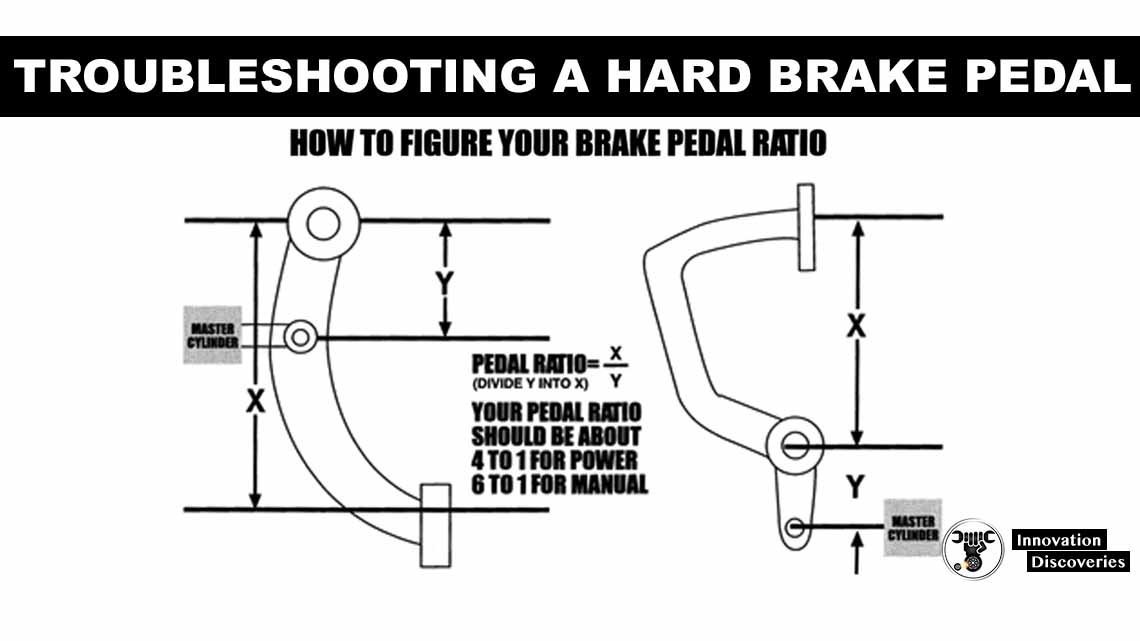
The steel cables are attached to the parking brake, and when the parking brake is pulled, the steel cables are tightened.
Most vehicles have drum brakes on their rear wheels; so, when the parking brake is pulled, the cables will pull a lever that compresses the brake shoes to stop the vehicle.
If your vehicle has rear disc brakes and you pull the parking brake, then the cables engage a corkscrew device that pushes a piston into the brake pads, which stop the vehicle.
In both instances, the parking brake bypasses the regular hydraulic brakes to stop the vehicle.
Parking brakes also have a self-locking system, which means that the brake won’t be released unless the lever or foot brake is released.
Read More: WHAT’S THE DIFFERENCE BETWEEN BRAKE SHOES AND BRAKE PADS?
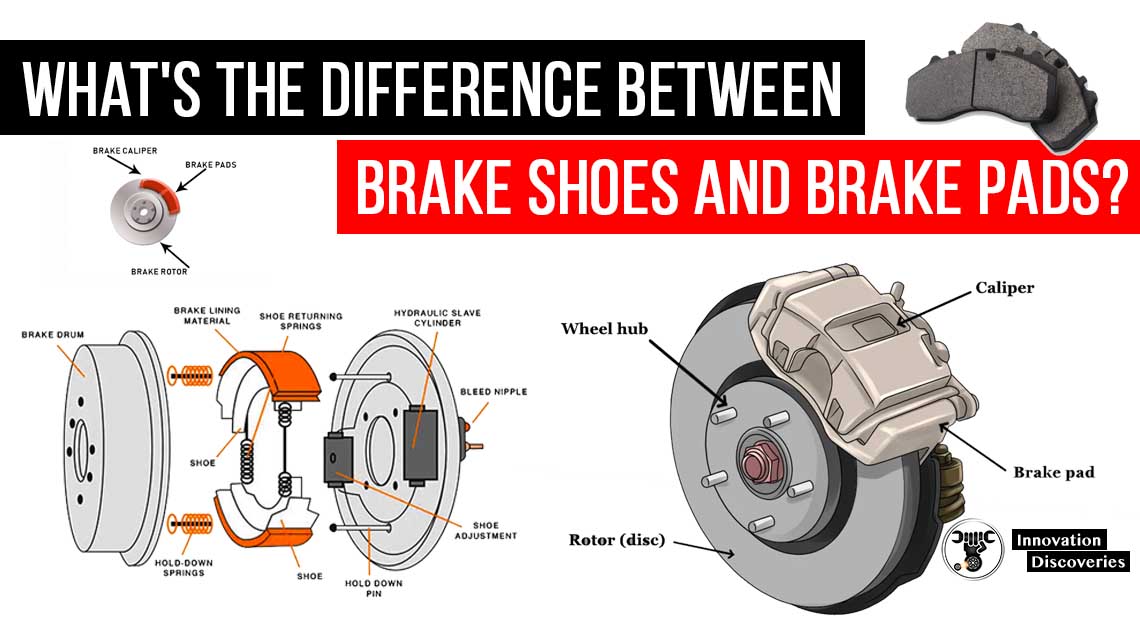
When do parking brakes need to be serviced/adjusted?
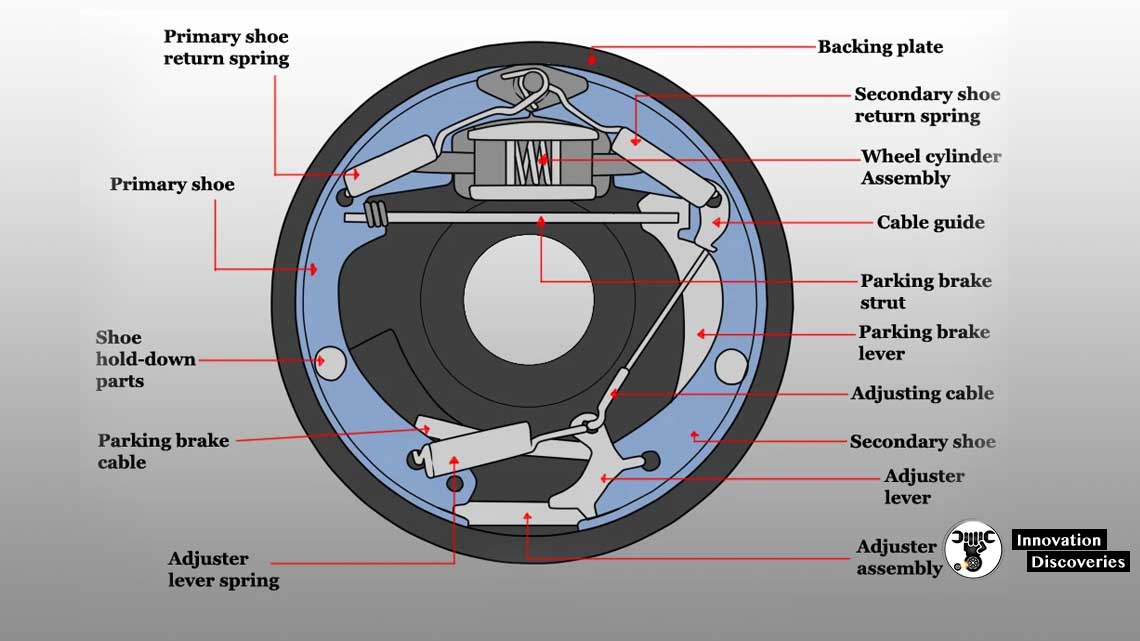
It is important to inspect your parking brake’s cables periodically to check their condition.
If they look rusted, loose, or worn, you should have your parking brake serviced.
You can also check to make sure your parking brake is working properly by pulling it and checking to make sure the cables are tightening and clamping your brakes.
You should also have your parking brake checked whenever you have your regular hydraulic brakes checked or serviced.
Read More:
- RENEWING DRUM-BRAKE SHOES
- DIFFERENCE BETWEEN DRUM BRAKE AND DISC BRAKE
- WHAT IS BRAKE BOOSTER? HOW BRAKE BOOSTER WORKS?
- DISC BRAKES: CONSTRUCTION, WORKING PRINCIPLE, TYPES, AND ROTOR MATERIALS
When do parking brakes need to be serviced/adjusted?
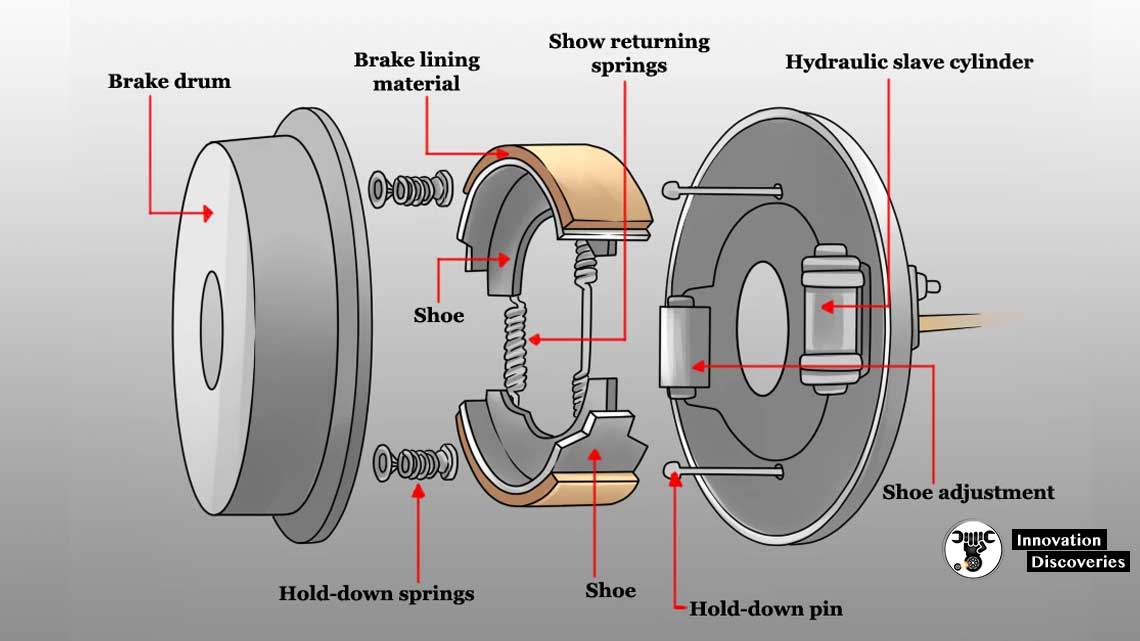
It is important to inspect your parking brake’s cables periodically to check their condition.
If they look rusted, loose, or worn, you should have your parking brake serviced.
You can also check to make sure your parking brake is working properly by pulling it and checking to make sure the cables are tightening and clamping your brakes.
You should also have your parking brake checked whenever you have your regular hydraulic brakes checked or serviced.
Read More:
- AIR BRAKE SYSTEM: COMPONENTS, WORKING PRINCIPLE, AND APPLICATIONS
- HOW DOES REGENERATIVE BRAKING WORK?
- COMMON CAUSES OF CAR PULLING TO THE RIGHT OR LEFT WHEN BRAKING
DISC BRAKES: CONSTRUCTION, WORKING PRINCIPLE, TYPES, AND ROTOR MATERIALS


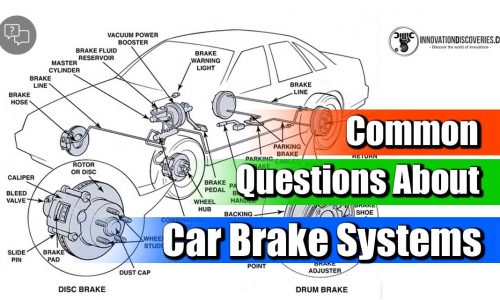

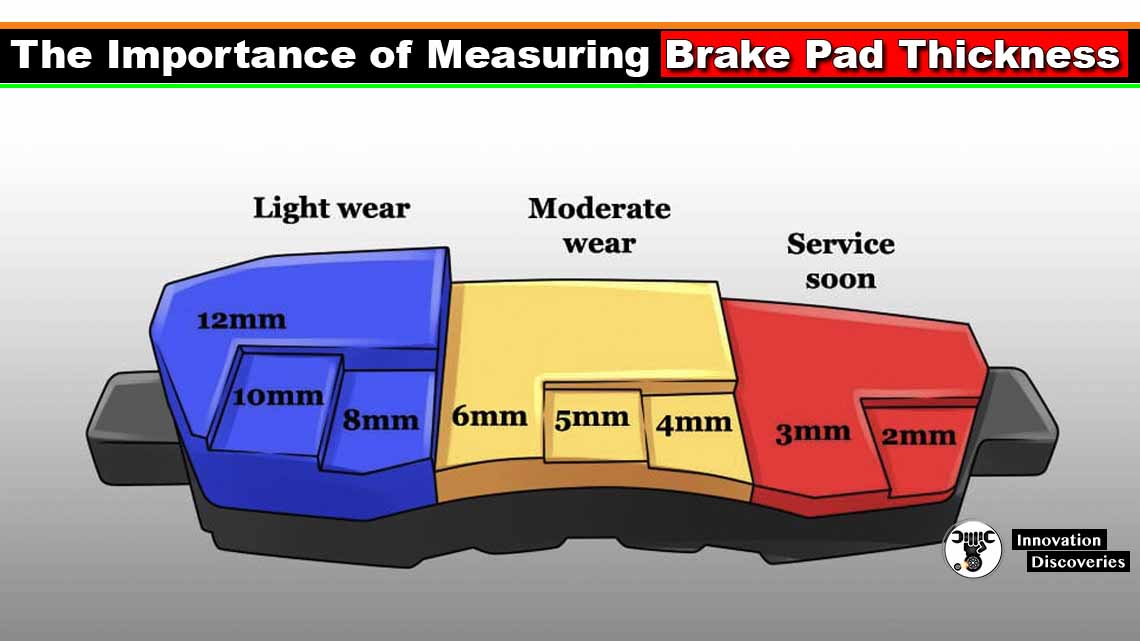

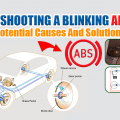
One Comment